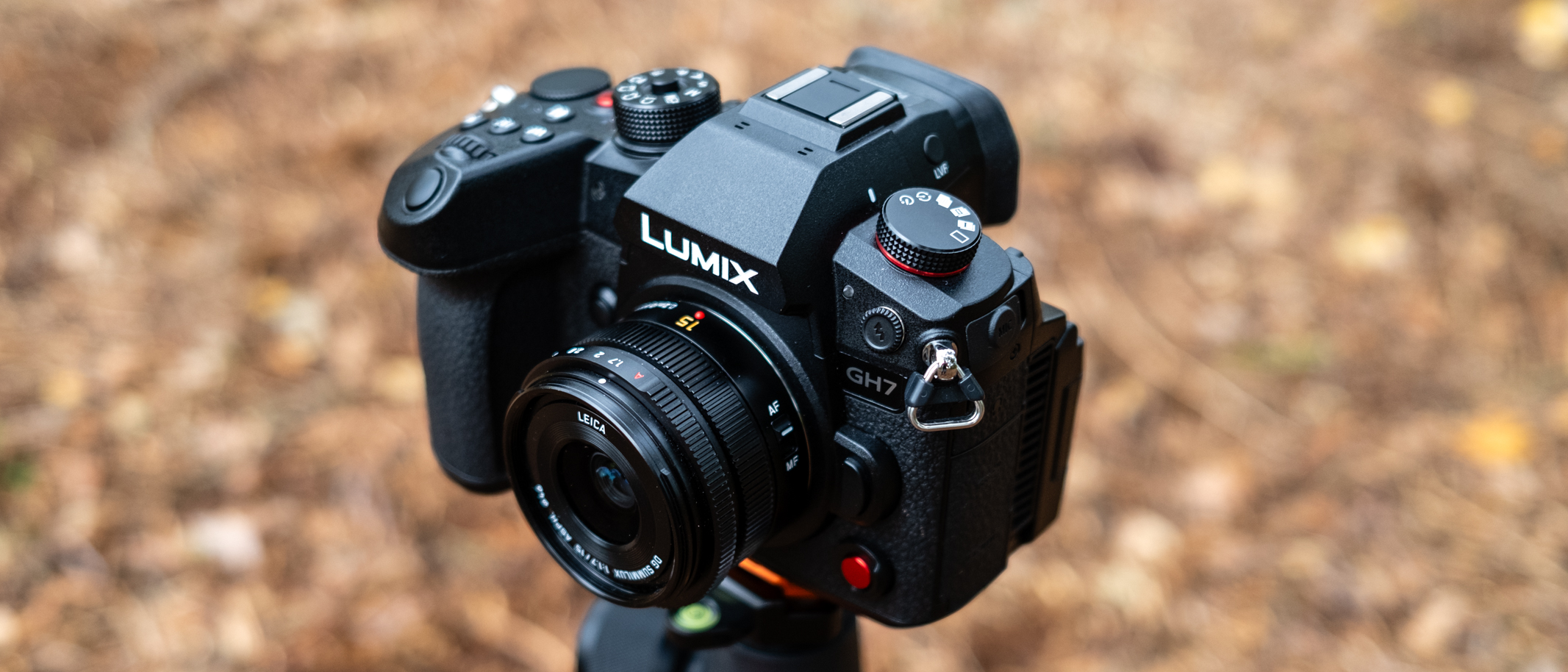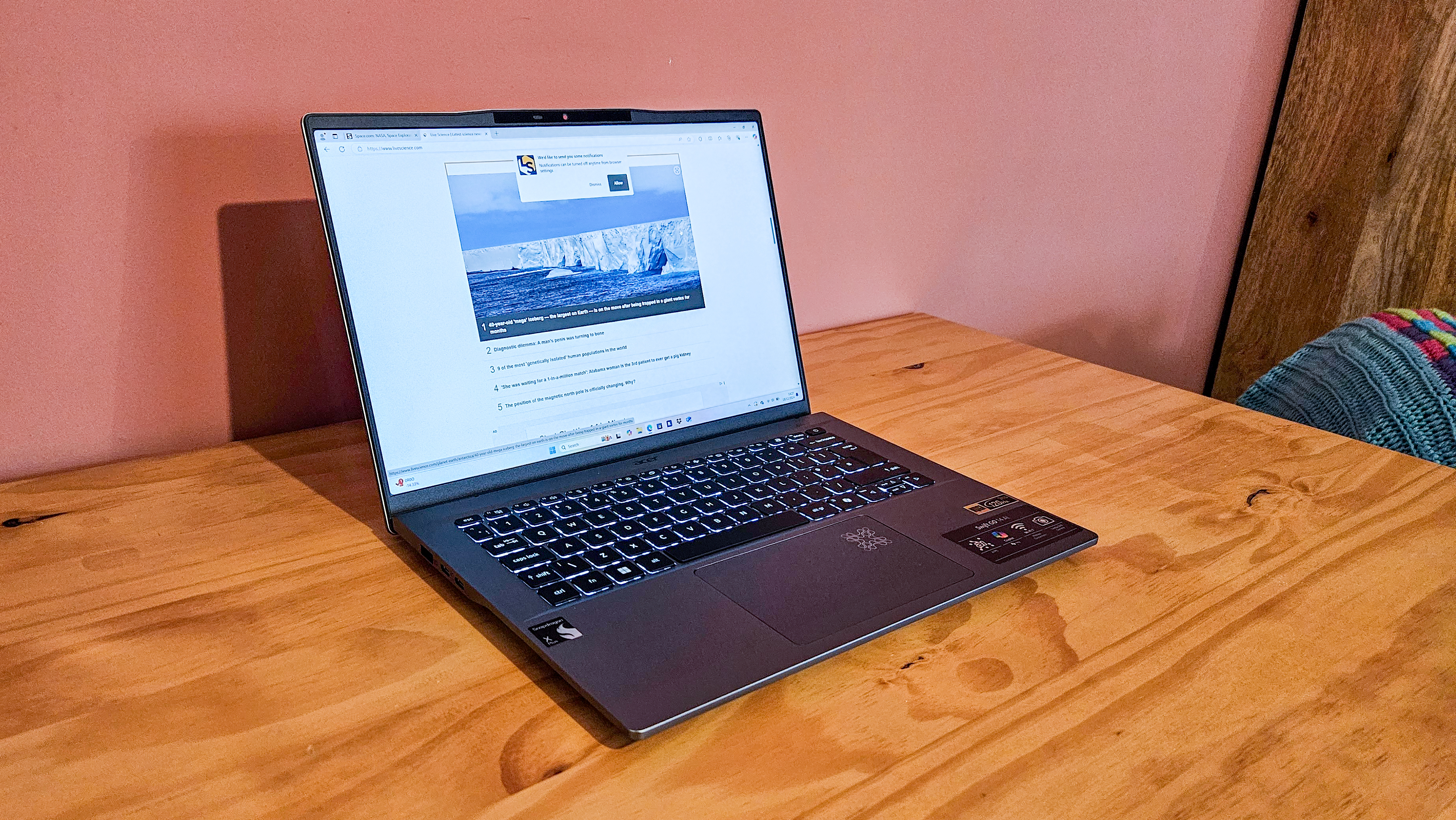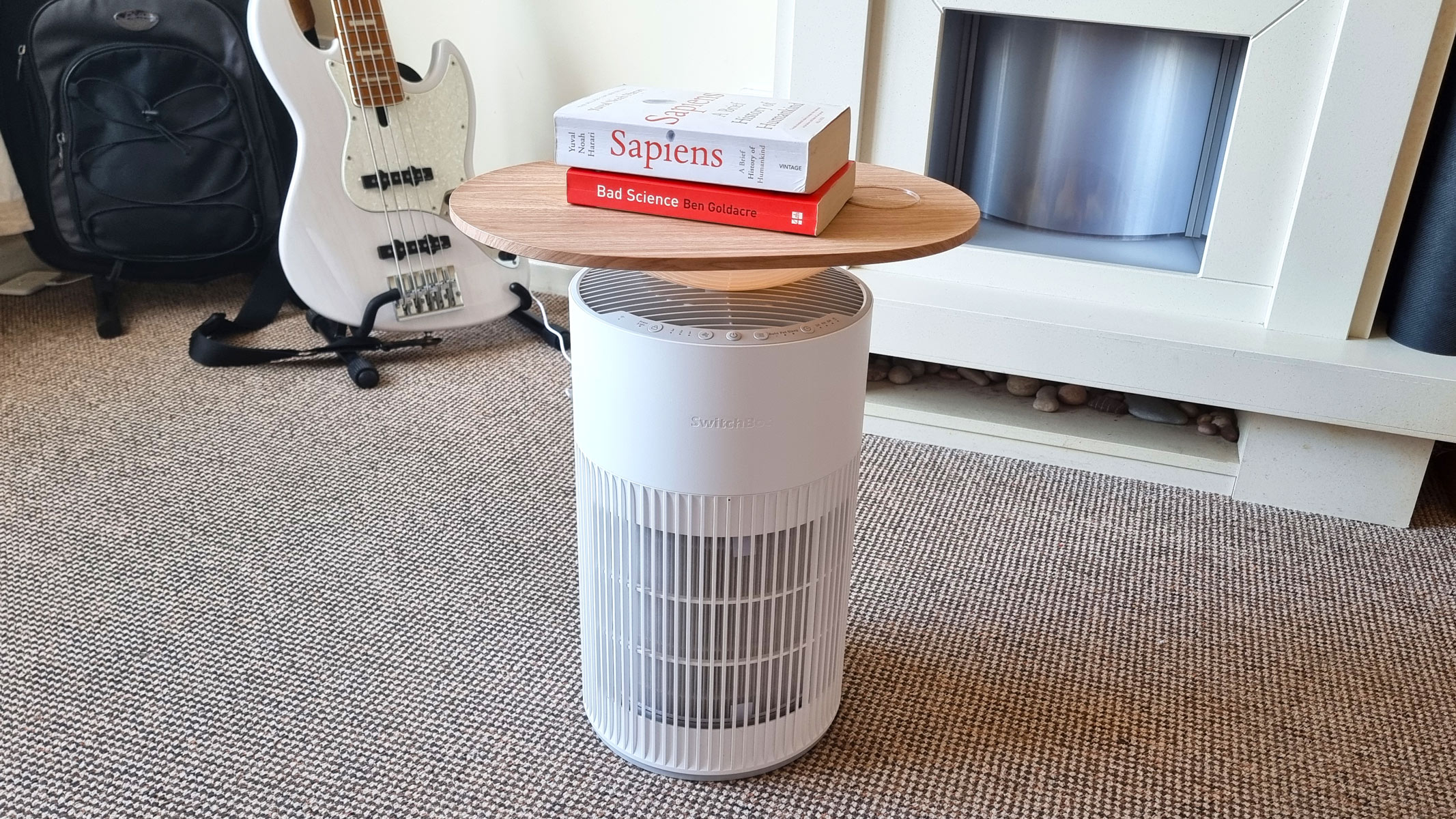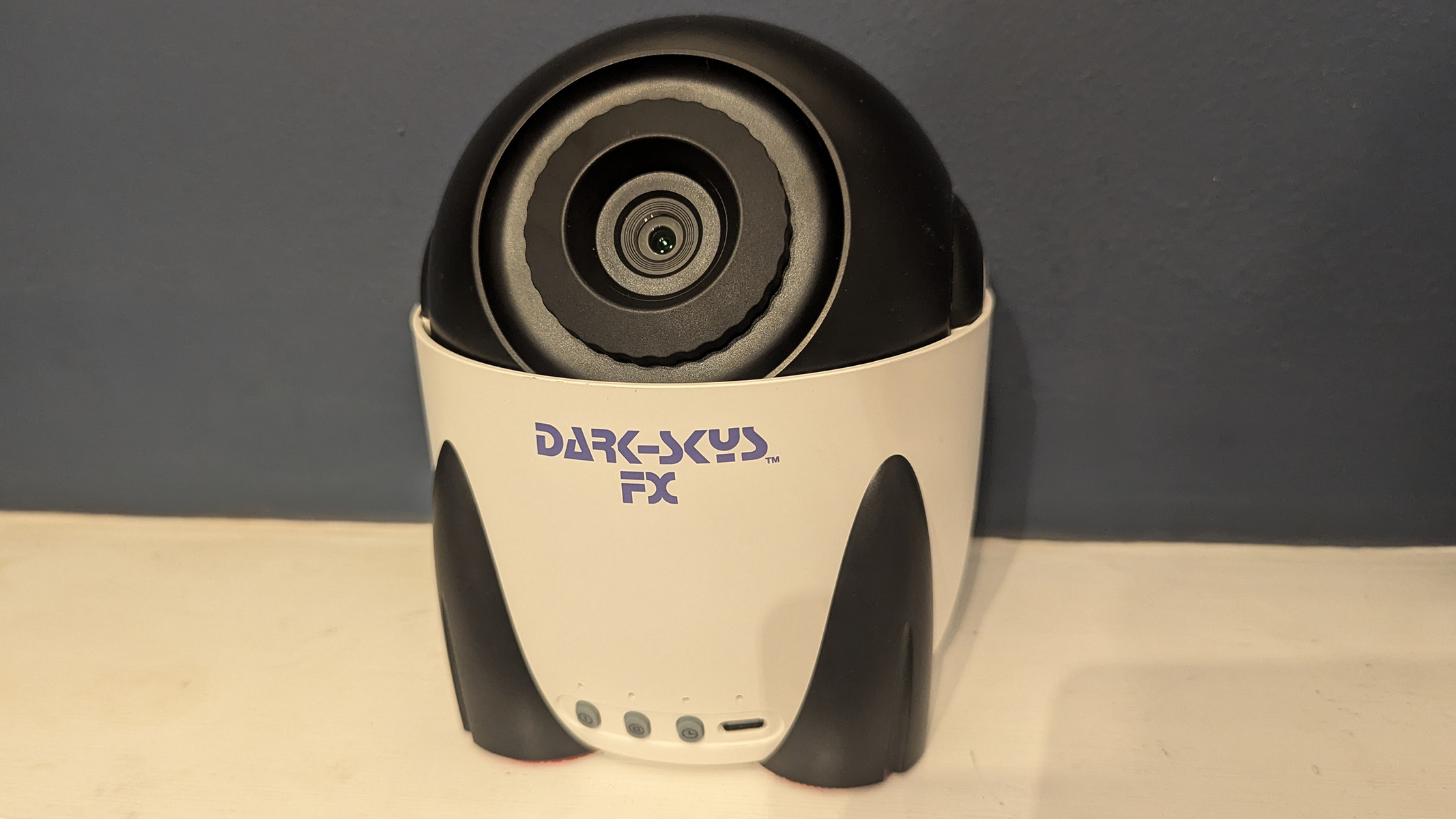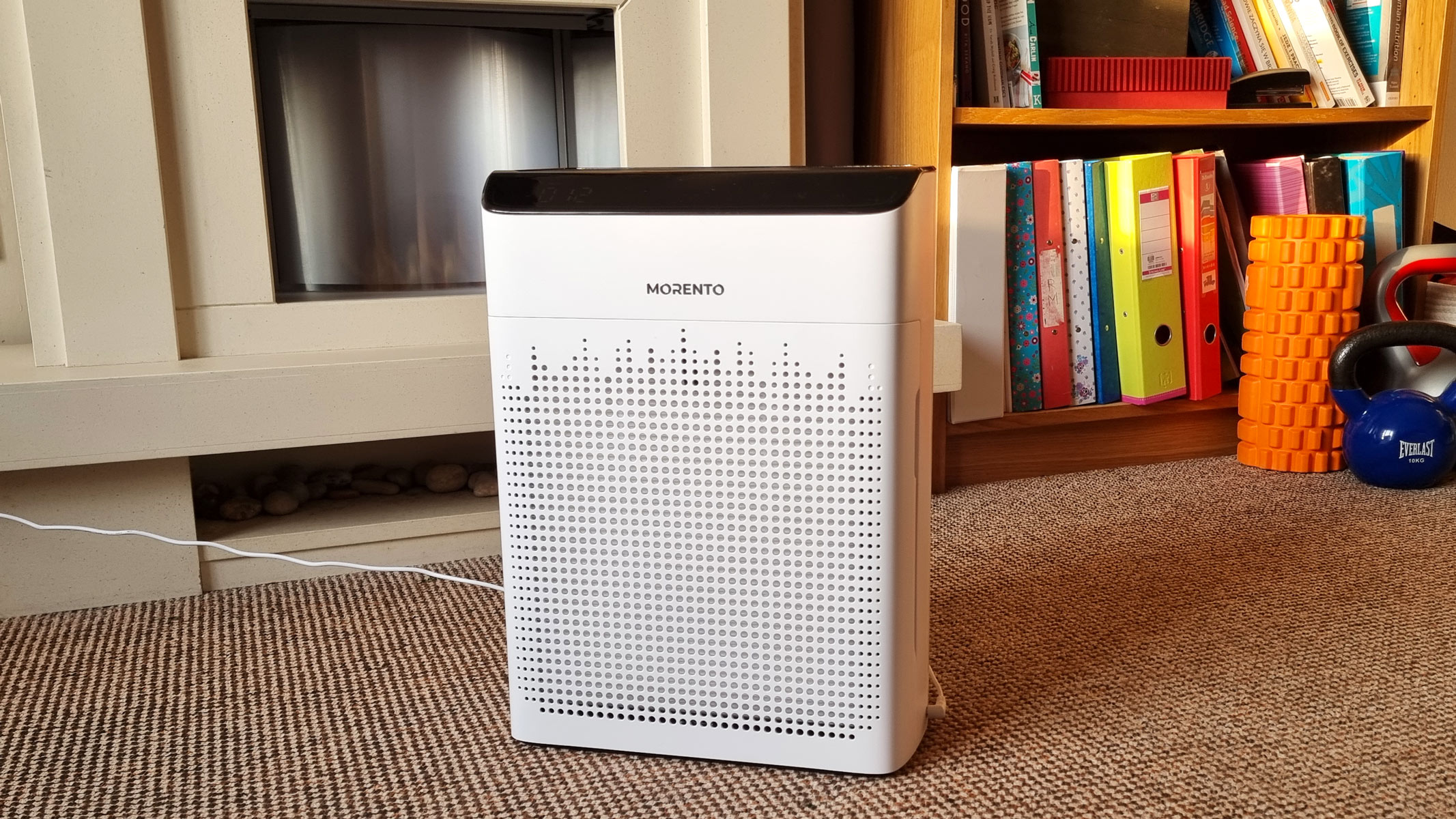Live Science Verdict
The Panasonic 15mm f/1.7 Leica Summilux DG ASPH is a great little lens for nature subjects — including astrophotography — thanks to a 30mm equivalent focal length and great image quality.
Pros
- +
Fast f/1.7 max aperture
- +
Short minimum focusing distance
- +
Excellent build quality
- +
Small and lightweight
Cons
- -
No optical Image Stabilization
- -
Optical distortion is present
- -
Vignetting at f/1.7
Why you can trust Live Science
Type: MFT prime lens
Focal length: 15mm (30mm equivalent)
Maximum aperture: f/1.7
Lens mount: Micro Four Thirds
Weight: 4.06 oz / 115 g
Dimensions: 1.42 x 2.26 in / 36 x 57.5 mm
Filter thread: 46mm
Release date: March 2014
Standard prime lenses are well known for their image quality and fast maximum apertures, which makes them perfect for nature, landscape and astrophotography, alongside many other subjects. The Panasonic 15mm f/1.7 Leica Summilux DG ASPH is a 10-year-old Micro Four Thirds (MFT) lens that continues to deliver great performance alongside an equivalent focal length of 30mm.
Not only is this lens extremely compact and well made, it’s compatible with both Panasonic Lumix G-series and OM System (Olympus) MFT cameras, as OM System lenses are with Lumix G-series cameras. This versatility — with the two systems using the same lens mount and sensor size — means MFT users have a generous range of lenses available to them.
In terms of features, this lens offers a fast f/1.7 maximum aperture, a manual aperture ring, a compact size and lightweight, impressive build quality, a minimum focusing distance of just 7.92 in / 20 cm and most importantly, great image quality. Not to mention, it’s reasonably priced for a lens of this type.
The Panasonic 15mm costs just $498 / £499 which — on top of the durable metal design, excellent build quality and aforementioned features — makes it an attractive option for Micro Four Thirds users capturing natural world subjects.
Panasonic 15mm f/1.7 Leica Summilux DG ASPH: Design
- Compact and lightweight
- Excellent build quality
- Manual aperture ring
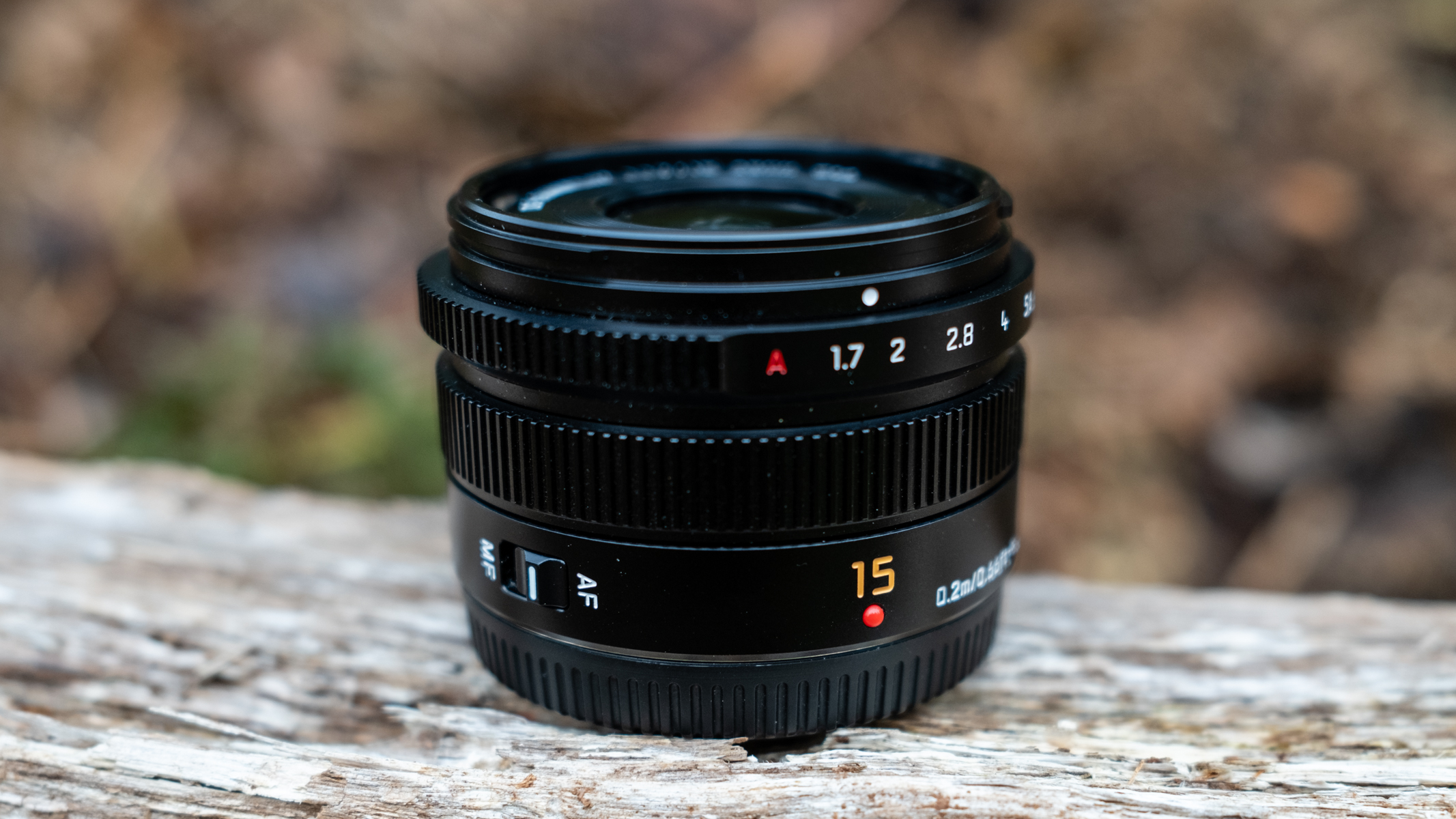
The Panasonic 15mm is incredibly small and lightweight, and it’s not even a pancake lens, which are known for their compact and lightweight designs. At just 1.42 x 2.26 in / 36 x 57.5 mm with a weight of 4.06 oz / 115 g, you’ll hardly notice it attached to a camera; and for MFT cameras with a grip, it barely protrudes any further than the grip, making the overall camera and lens package incredibly compact.
Build quality is excellent and the metal design provides an unmistakably quality look and feel. This compact lens is made up of nine elements in seven groups, which includes three aspherical lenses, while the aperture comprises seven diaphragm blades. These work well to produce impressive image quality for such a small lens and the fast f/1.7 maximum aperture opens up creative possibilities when shooting multiple subjects.
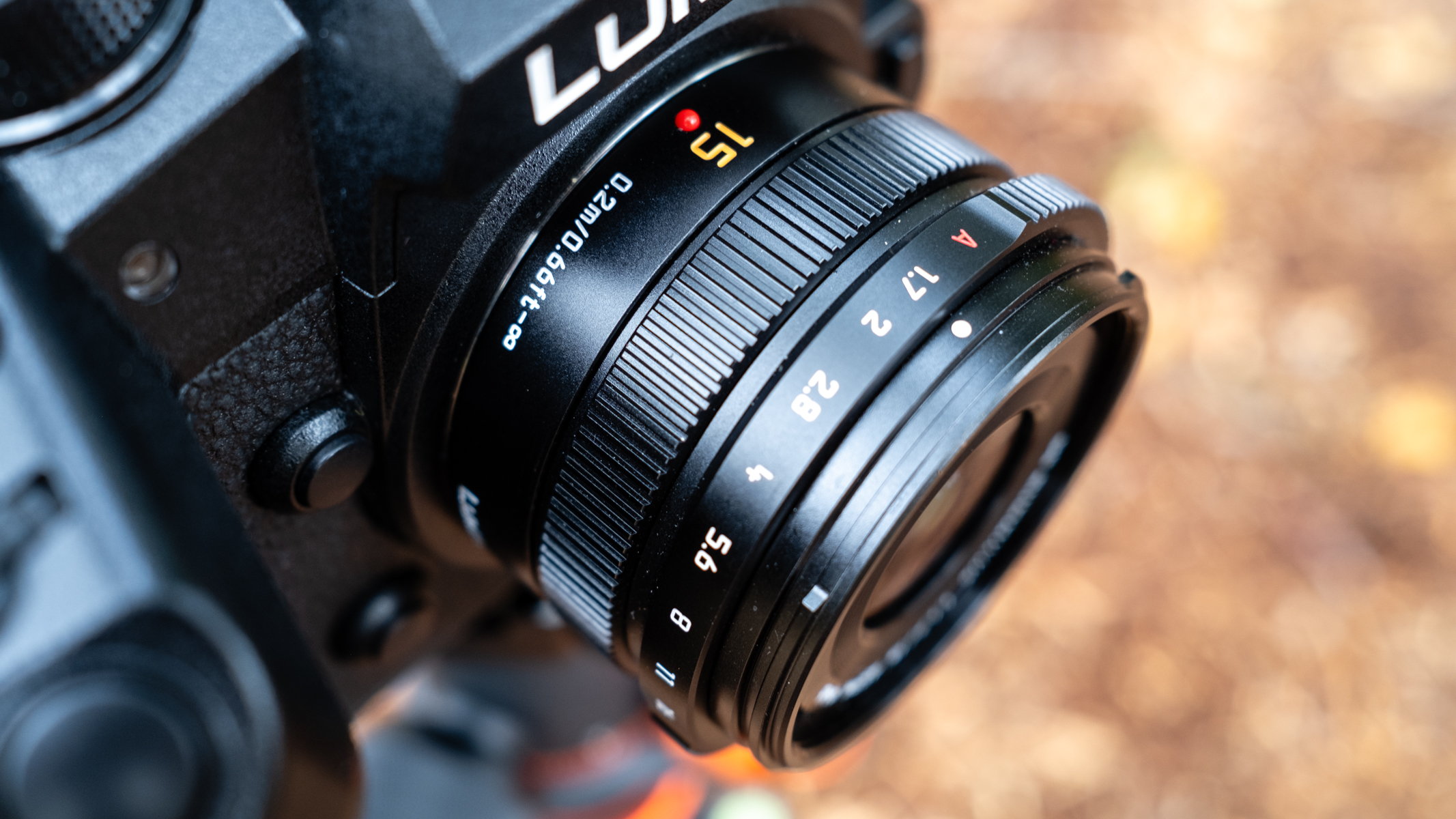
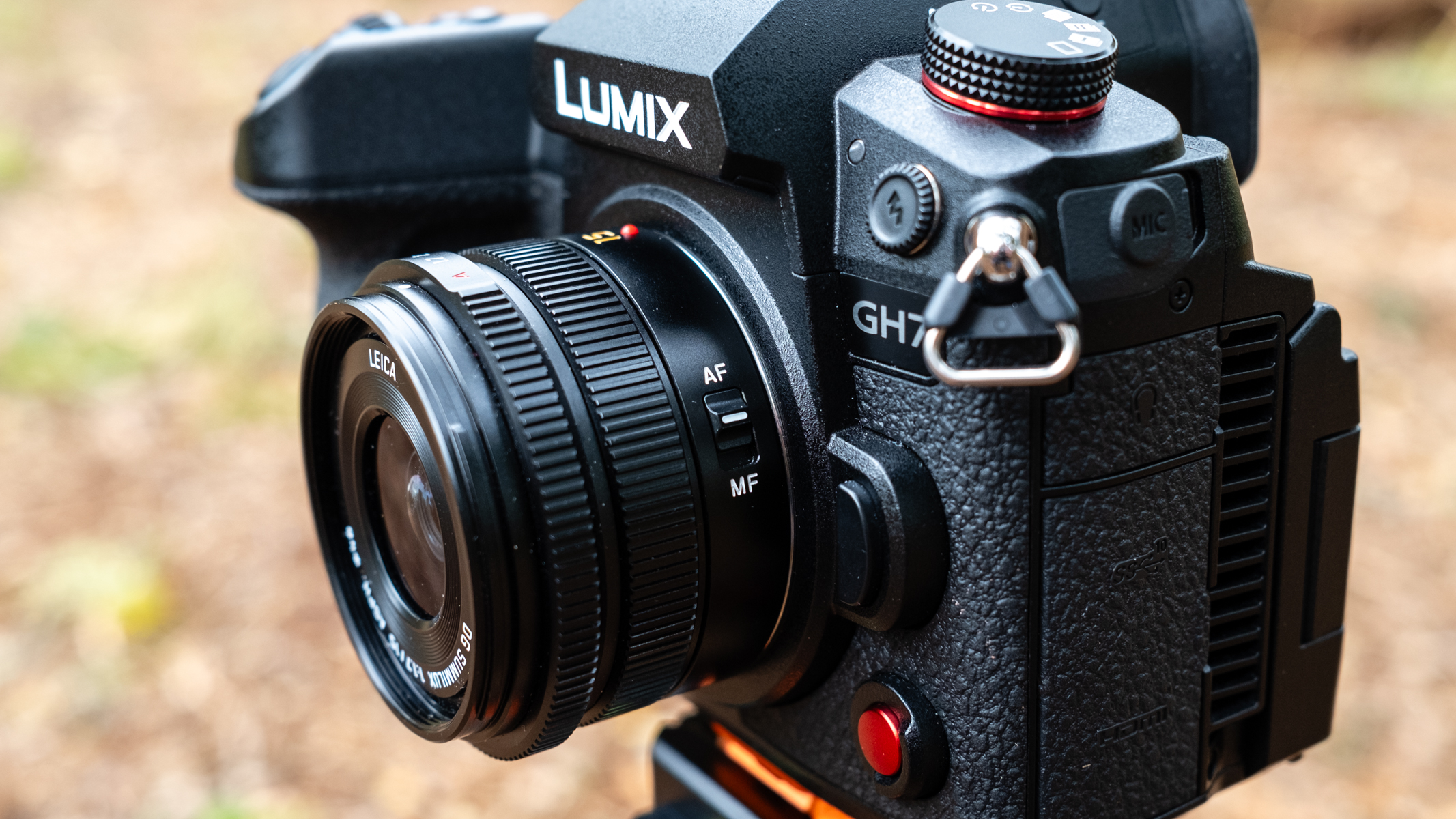

Moving back to the outside of the lens, the overall design is fairly simple with just a few important controls. This is a lens that’s designed for both photography and video, so there’s a manual aperture ring that can be used manually or set to A for camera control of the aperture.
Then there’s a smooth manual focus ring with a comfortable amount of resistance and a manual/autofocus switch on the side. Larger prime lenses often feature more controls, but for a lens of such small size what’s available is perfect.
Panasonic 15mm f/1.7 Leica Summilux DG ASPH: Functionality
- No optical Image Stabilization
- Positive autofocus performance
- Short minimum focusing distance
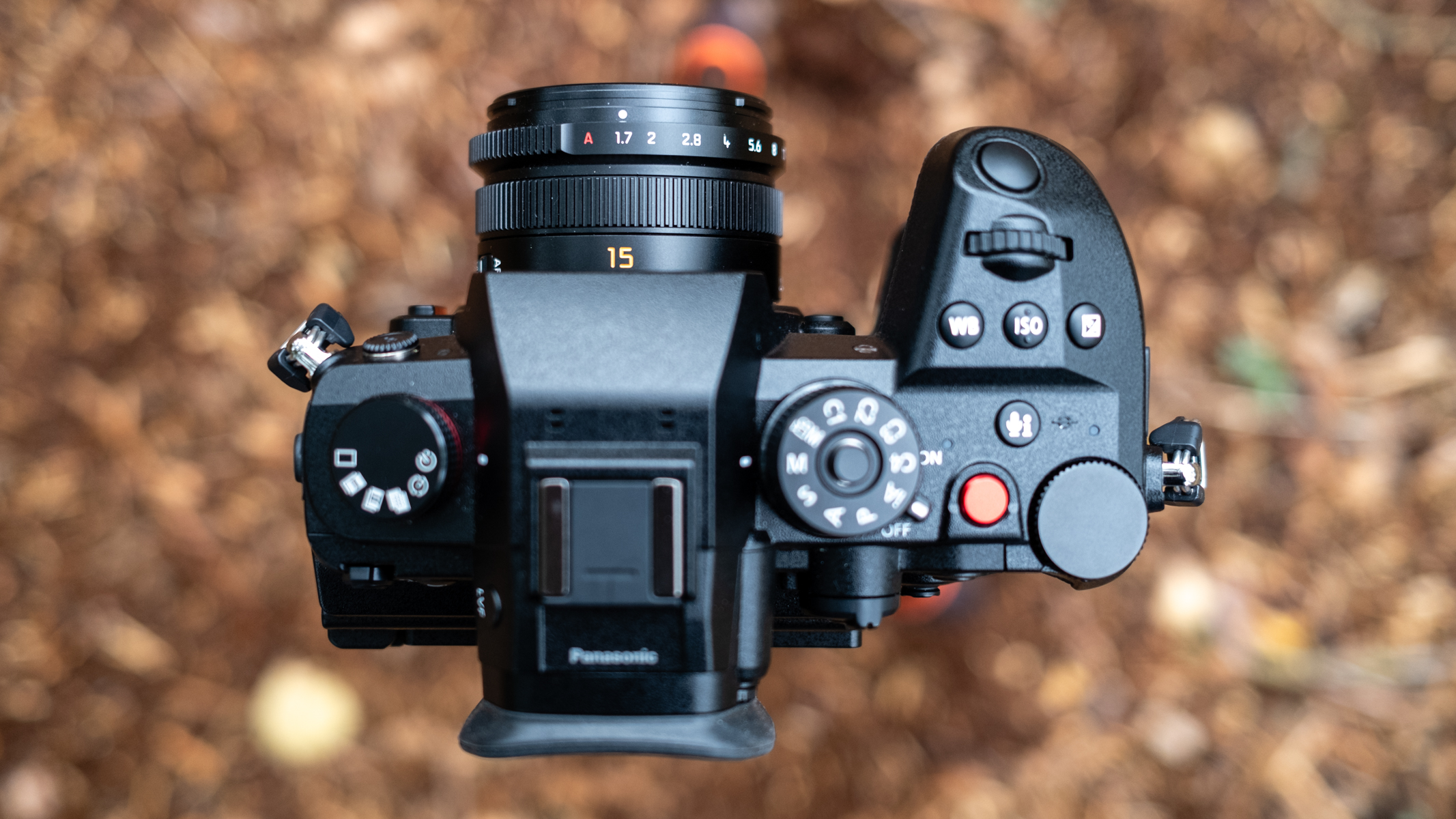
Most prime lenses don’t include Image Stabilization because the fast maximum aperture lets in more light than the maximum aperture of a zoom lens. This is no problem for the 15mm for three reasons: Image Stabilization would increase size and weight, it would increase cost, and most Panasonic Lumix cameras have in-body Image Stabilization which can be used with any lens.
Prime lenses are, most often, fairly basic in terms of features although, some more expensive, larger primes often have additional features. The 15mm f/1.7 only offers the manual aperture ring, focus switch and the manual focus ring — which is ultimately all that you need for smooth and successful operation.
The manual aperture ring covers all apertures from f/1.7 to f/16, including increments, and provides a more tactile approach to exposure if required. The minimum focusing distance is just 7.92 in / 20 cm, which means that you can shoot even smaller subjects, including fungi, fairly close up.
Autofocus is fast and silent, which works with the fact that the lens is designed for both photography and video, although most videographers typically use manual focus most often. This is a camera feature, but by default when manually focusing, the viewfinder and LCD preview screen show a zoomed-in area that can be moved and zoomed further to add precision to manual focus.
Panasonic 15mm f/1.7 Leica Summilux DG ASPH: Performance
- Great image quality
- Sharpest at f/4
- Vignetting wide open
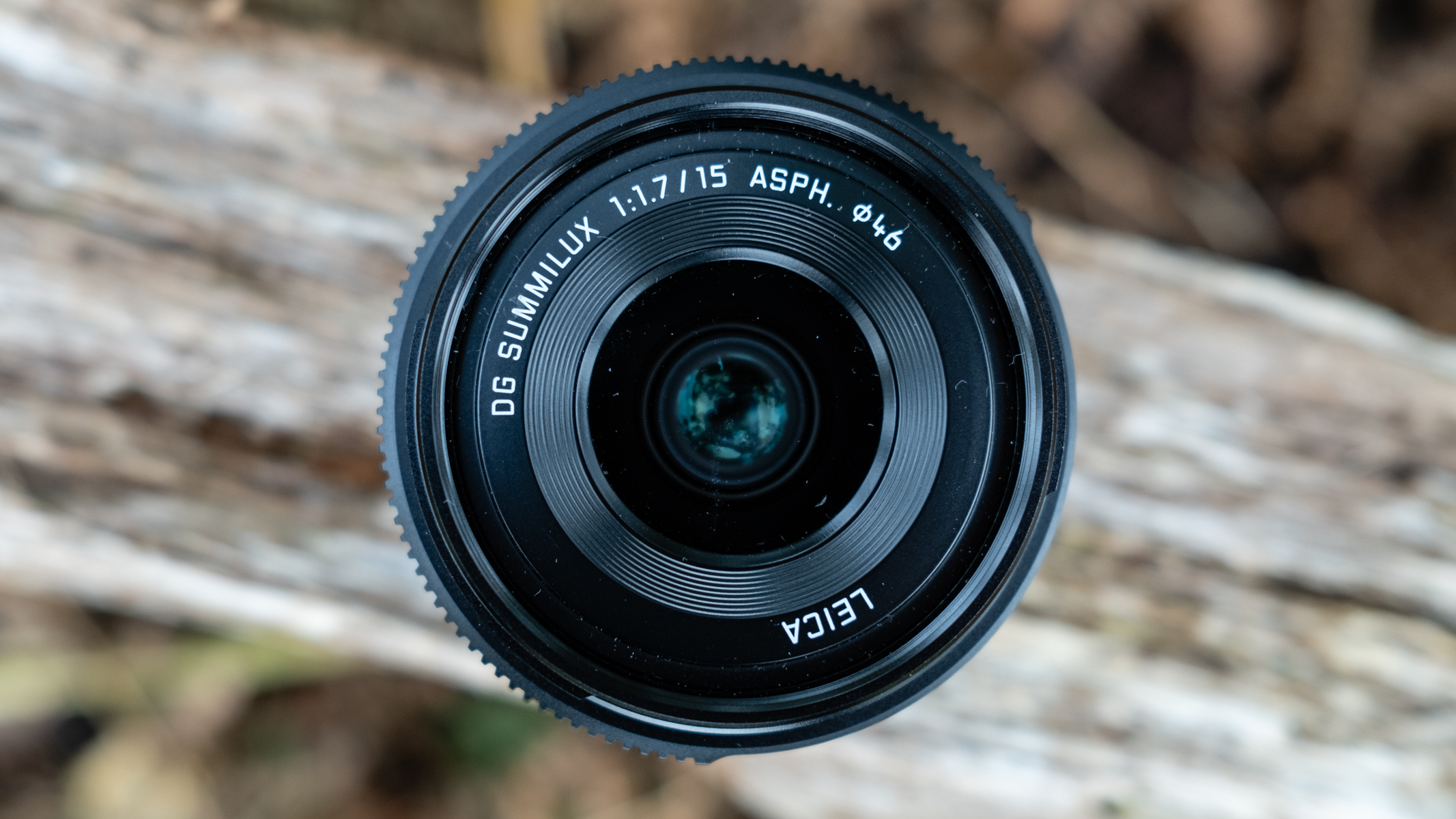
Image quality is excellent overall, with the best performance between f/2.8 and f/4. f/1.7 isn’t as sharp, but overall results at this aperture can’t be faulted and make it a great lens for capturing the night sky, thanks to particularly impressive central sharpness when shooting at the maximum aperture.
Shooting wide open also allows for reasonably low ISO settings to be used when capturing the night sky. For example, when shooting the aurora borealis only ISO 800 was required, and shooting night scenes under the light of a full moon only required ISO 400.





What’s more, since Micro Four Thirds system cameras produce a larger depth of field than formats with larger sensors, when you shoot at f/1.7 you can capture both a sharp foreground and stars when capturing the night sky. This, of course, depends on the distance of the foreground interest from the camera and requires precise focusing, but sharpness throughout is possible in many situations.
Corner sharpness gradually improves as you stop down from f/1.7 to f/4 where overall image sharpness is at its greatest — the sweet spot of the lens — while stopping down further reintroduces a loss of sharpness as diffraction comes into play. Ideally, with this lens and camera system, you wouldn’t want to stop down further than f/5.6, and this aperture does produce a greater depth of field due to the smaller sensor size.
Should you buy the Panasonic 15mm f/1.7 Leica Summilux DG ASPH?
If you’re shooting with a Panasonic Lumix G-series or OM System Micro Four Thirds camera and require a fast prime with a 30mm equivalent focal length and f/1.7 maximum aperture, this is a great option.
Image quality is great overall but it’s not perfect, although the optical distortion can be easily and successfully corrected in software such as Adobe Lightroom.
The compact, lightweight design, alongside all of the subjects it can be used to capture, makes this lens a great addition to your kit bag. You’ll only need to consider a different prime lens if you require a prime with a shorter or longer focal length.
If the Panasonic 15mm f/1.7 Leica Summilux DG ASPH isn't for you
The fast prime lens that’s best for you and your photography will most often come down to cost, focal length and maximum aperture. So, if the Panasonic 15mm f/1.7 Leica Summilux DG ASPH isn’t for you, here are three alternatives to suit all budgets.
The Panasonic 12mm f1.4 ASPH LEICA DG Summilux has an ultra-fast f/1.4 maximum aperture and 24mm equivalent focal length, making it perfect for landscape and astrophotography.
More budget-oriented options include the Panasonic 25mm f/1.4 II Leica DG Summilux ASPH, with a 50mm equivalent focal length, and the Panasonic 9mm f/1.7 Leica DG Summilux ASPH, with an impressively wide 18mm equivalent focal length.
James is an award-winning freelance landscape and portrait photographer, as well as a highly experienced photography journalist working with some of the best photography magazines and websites with a worldwide audience. He’s also the author of The Digital Darkroom: The Definitive Guide to Photo Editing. www.jamesaphoto.co.uk
